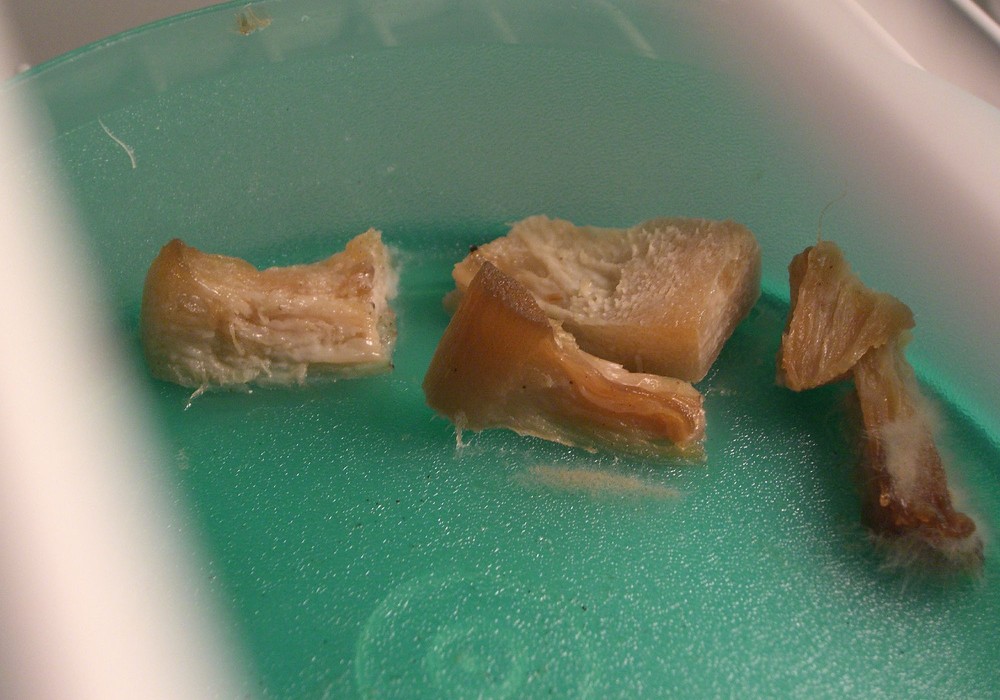
Penicillin
Imagine a world in which a broken tooth, a scratch, or a cut could prove fatal. That was the reality of life for people everywhere before the discovery of the antibiotic power of an extract of the Penicillium fungus by Scottish scientist and Nobel laureate Alexander Fleming in 1928. (Earlier scientists had recognized that the fungus contained a substance that could kill bacteria, but did not realize that bacteria caused disease.) Fleming discovered penicillin by accident. A microbiologist, he left some cultures of bacteria unattended while he went on vacation, and found that staph bacteria in dishes contaminated with Penicillium mold had died. Use of the antibiotic became common after 1942, when the manufacturer Merck donated the drug to prevent skin infections in hundreds of people receiving skin grafts after a fire in Boston. The US government was so impressed that it ordered penicillin for its troops in World War II, and the antibiotic became commonly available in the 1950's. Antibiotic resistance limits the conditions penicillin can now be used to treat, but penicillin derivatives are still among the world's most commonly used medications.
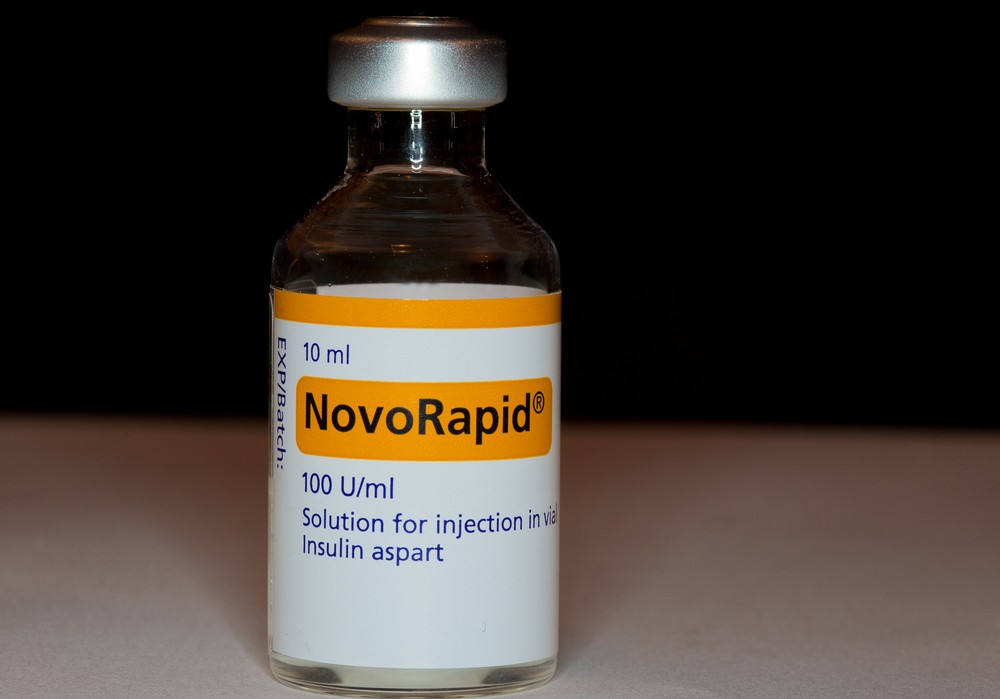
Insulin
Insulin was the world's first miracle drug. Before the 1920's, a diagnosis of diabetes was a death sentence. Diabetics could only be treated by eating less and less as the last remaining insulin production in their diseased beta cells began to fade away, and most died of either starvation or diabetic complications within 2 years of diagnosis of the disease. The isolation of insulin by Canadian researcher Frederick Banting in 1920 and the development of a purification process by Banting and his collaborator Charles Best in 1921 led to the commercial availabilty of insulin, extracted from cow and pig pancreas in 1922. In the 1950's, scientists learned how to synthesize insulin, and by the 1990's, it was no longer necessary to slaughter millions of cows and pigs to extract this life-giving medication.
- Important notification about information and brand names used in this slideshow!
- Photo courtesy of Alden Chadwick by Flickr : www.flickr.com/photos/aldenchadwick/6337933817/
- Zuger A (October 4, 2010). "Rediscovering the First Miracle Drug". New York Times.
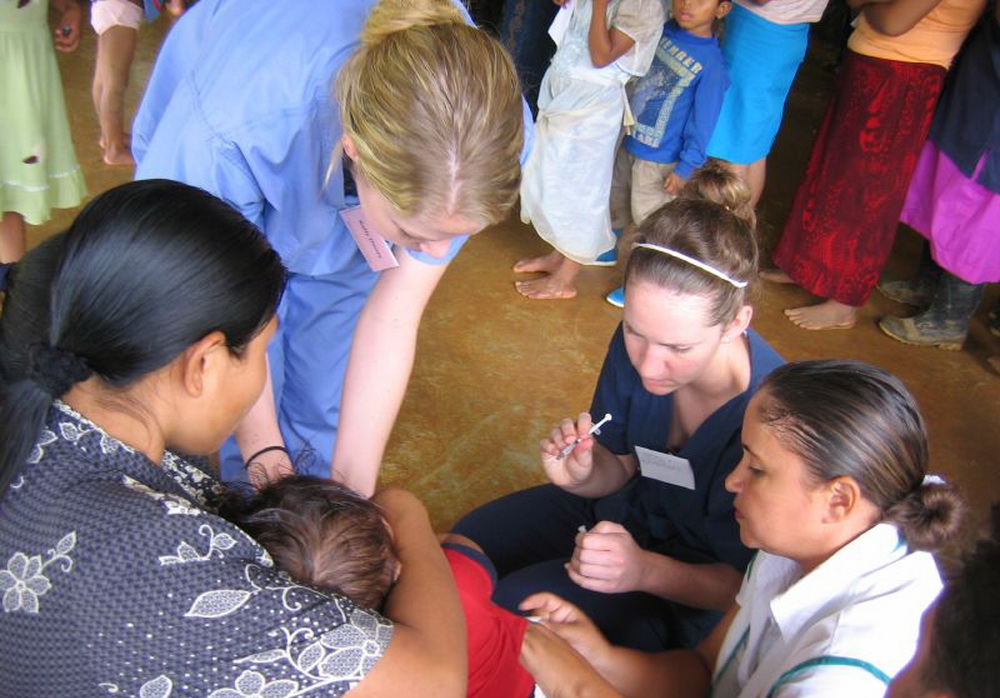
Polio Vaccine
Polio once was, and in a few parts of the world still, a horror to the parents of small children. Transmitted by contact with feces or urine, the polio virus could infect entire classes of school children, usually in warm weather. Some children would not get sick at all, some would have a brief flulike illness, and some would have nerve damage in varying degrees that could make an arm or a leg useless or force a child to spend the rest of his or her life in a device for assisted breathing known as an iron lung. In the 1960's, entire populations were given doses of live polio virus on sugar cubes. Everyone in a town would be told when to show up to take the vaccine, all on the same day. Polio became a distant memory, except for older people who had had the disease as children who suffered complications later in life. Polio is mostly unknown outside a few of the world's poorest countries. Worldwide, the number of cases has fallen from millions per year in the 1940's, to 360 thousand cases in 1988, to just 233 cases in the entire world in 2012.
- Important notification about information and brand names used in this slideshow!
- Photo courtesy of Joanna by Flickr : www.flickr.com/photos/tatowedges/158498372/
- Our Progress Against Polio". Centers for Disease Control and Prevention. Retrieved 4th Septermber 2013.
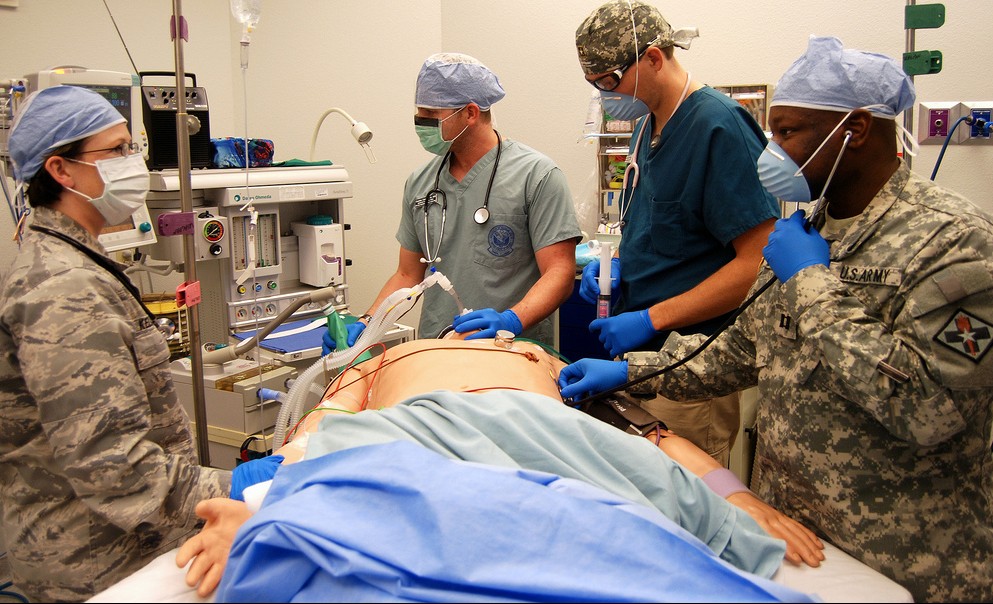
Ether
Imagine the horror of surgery without anesthetic. Men and women would be given a stiff drink of alcohol or even a blow to the head to knock them unconscious, told to bite down on a cloth, and then held down by strong men while a surgeon, who often did double duty as a blacksmith or barber, cut out or cut off the affecting organ or limb as possible. Although surgeons in the Muslim world knew about the anesthetic powers of "sweet vitriol" as early as 1180, the use of ether, a colorless gas named with the Greek word "heavenly," was not common before 1849. Ether was much safer for patients than either nitrous oxide or chloroform, discovered at about the same time, but it was flammable, so it was gradually replaced by other forms of anesthesia.
- Important notification about information and brand names used in this slideshow!
- Photo courtesy of Army Medicine by Flickr : www.flickr.com/photos/armymedicine/5631344474/
- Long, CW (1849). "An account of the first use of Sulphuric Ether by Inhalation as an Anesthetic in Surgical Operations". Southern Medical and Surgical Journal 5: 705–713.

Morphine
Morphine, named after Morpheus, the Greek god of dreams, was first isolated from opium in 1804 by German chemist Friedrich Sertürner, although it did not become popular until after the introduction of the syringe in 1857. Morphine, like similar drugs oxycodone, heroin, and Vicodin, acts directly on the brain to relieve pain. It offers quicker and more complete relief than almost any other medication for pain. The problem with morphine is that in addition to relieving pain, it also can slow down breathing, and in some patients overdose can lead to death. The benefits of morphine wear off after just days to weeks, and greater and greater doses are required for the medication to work. Still, morphine remains the gold standard for pain relief, especially after heart attacks. There simply is nothing better, at least when it is first used.
- Important notification about information and brand names used in this slideshow!
- Photo courtesy of -sel by Flickr : www.flickr.com/photos/-sel-/212863074/
- Meine TJ, Roe MT, Chen AY, Patel MR, Washam JB, Ohman EM, Peacock WF, Pollack CV, Gibler WB, Peterson ED (June 2005). "Association of intravenous morphine use and outcomes in acute coronary syndromes: results from the CRUSADE Quality Improvement Initiative". Am. Heart J. 149 (6): 1043–9. doi:10.1016/j.ahj.2005.02.010. PMID 15976786.
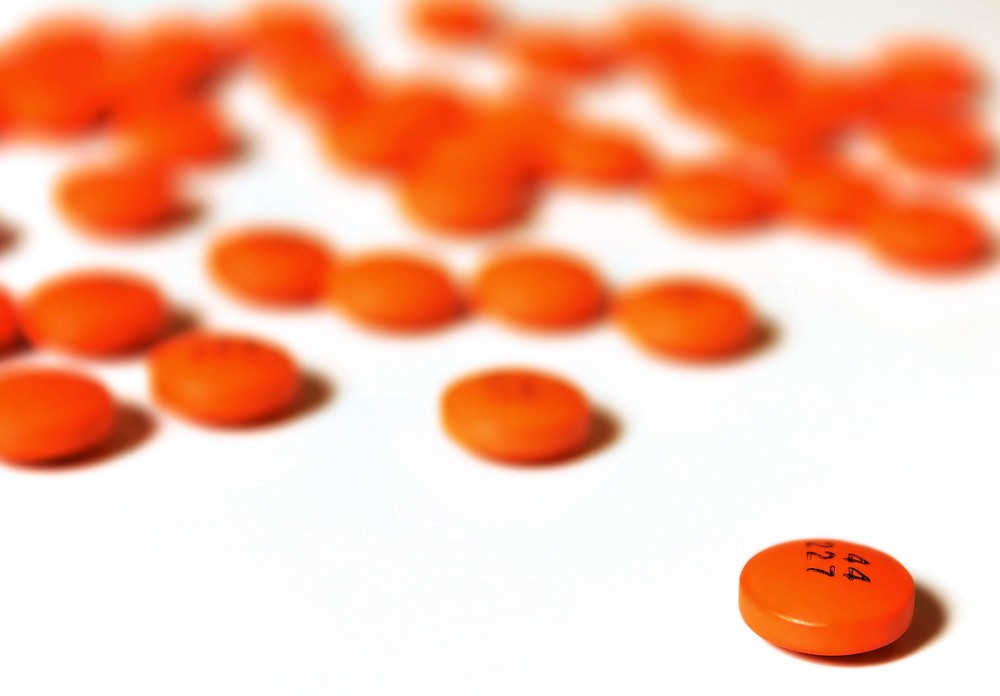
Aspirin
The active ingredient of aspirin was discovered in the bark of the willow tree by English chemist Edward Stone in 1763. German chemist Felix Hoffman of the Bayer company figured out a way to mass produce it in 1897, making it possible for aspirin to become the world's most commonly used pain reliever. Every day, over 40,000 tons of aspirin are taken worldwide. Salicylate, the pain relieving ingredient in aspirin, is actually found in food and made the body itself. In addition to stopping pain, the salicylates also relieve inflammation and accompanying redness, irritation, itching, and swelling, in people who are not allergic to the drug itself.
- Important notification about information and brand names used in this slideshow!
- Photo courtesy of Open Knowledge Foundation by Flickr : www.flickr.com/photos/okfn/8617366250/
- Stone E (1763). "An Account of the Success of the Bark of the Willow in the Cure of Agues. In a Letter to the Right Honourable George Earl of Macclesfield, President of R. S. from the Rev. Mr. Edmund Stone, of Chipping-Norton in Oxfordshire". Philosophical Transactions (1683–1775) 53: 195–200. doi:10.1098/rstl.1763.0033. JSTOR 105721.
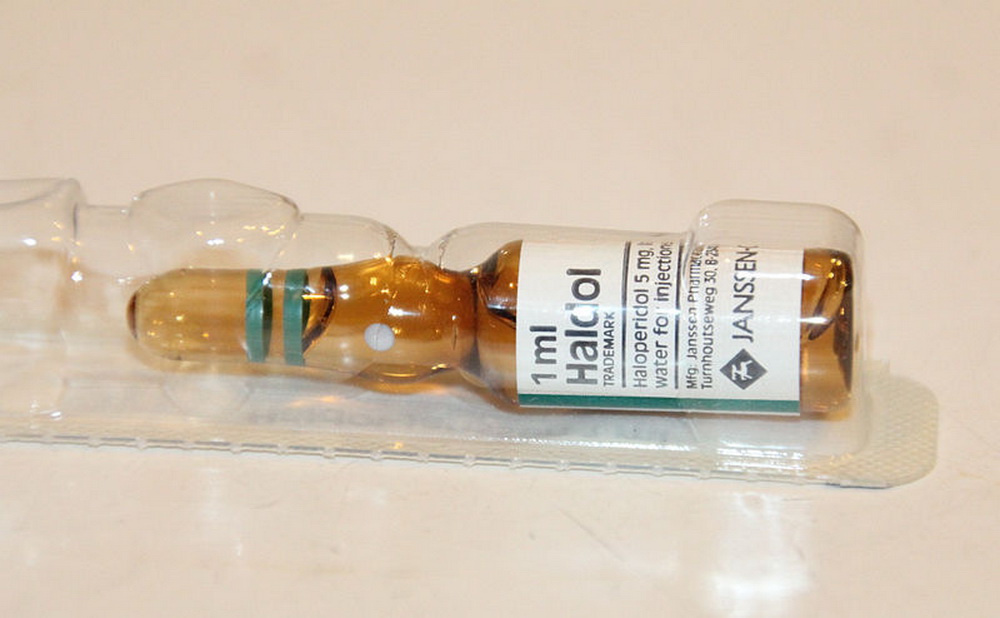
Antipsychotics
For much of history, people suffering conditions we would now label as schizophrenia or bipolar disorder were hidden away by their families. About 300 years ago, in the English-speaking world, people who were "mad" were confined to "madhouses," sometimes chained to the floor and kept naked. In England, madhouses for charity patients were exempt from inspection and some patients were maintained in unspeakable conditions. The advent of antipsychotic drugs in the 1950's made it possible for some patients to live outside of custodial care, at least some of the time, at tremendously lower expense, although there are even today no "magic bullets" for mental illness, and once drug treatment is started, it is usually very hard to stop.
- Important notification about information and brand names used in this slideshow!
- Photo courtesy of LHcheM by Wikimedia Commons : commons.wikimedia.org/wiki/File:Haloperidol_(Haldol).jpg
- Moncrieff J (2006). "Why is it so difficult to stop psychiatric drug treatment? It may be nothing to do with the original problem". Med. Hypotheses 67 (3): 517–23. doi:10.1016/j.mehy.2006.03.009. PMID 16632226.

Birth Control Pills
Once upon a time, condoms were used for birth control, and condoms and the rhythm method were the only ways to avoid unwanted pregnancies. When birth control pills were introduced in the 1960's, some religious organizations attacked them with the same fervor with which they now attack abortion. This medication that allowed men and women to have sex without risk of pregnancy led to the sexual revolution, in which women became as assertively sexual as men. In many countries, up to 99% of women use birth control during at least part of their reproductive lives. There are currently no commercially available birth control pills for men, although some are under development.
- Important notification about information and brand names used in this slideshow!
- Photo courtesy of lookcatalog by Flickr : www.flickr.com/photos/lookcatalog/8603865088
- Planned Parenthood. Birth Control Pills. http://www.plannedparenthood.org/health-topics/birth-control/birth-control-pill-4228.htm.
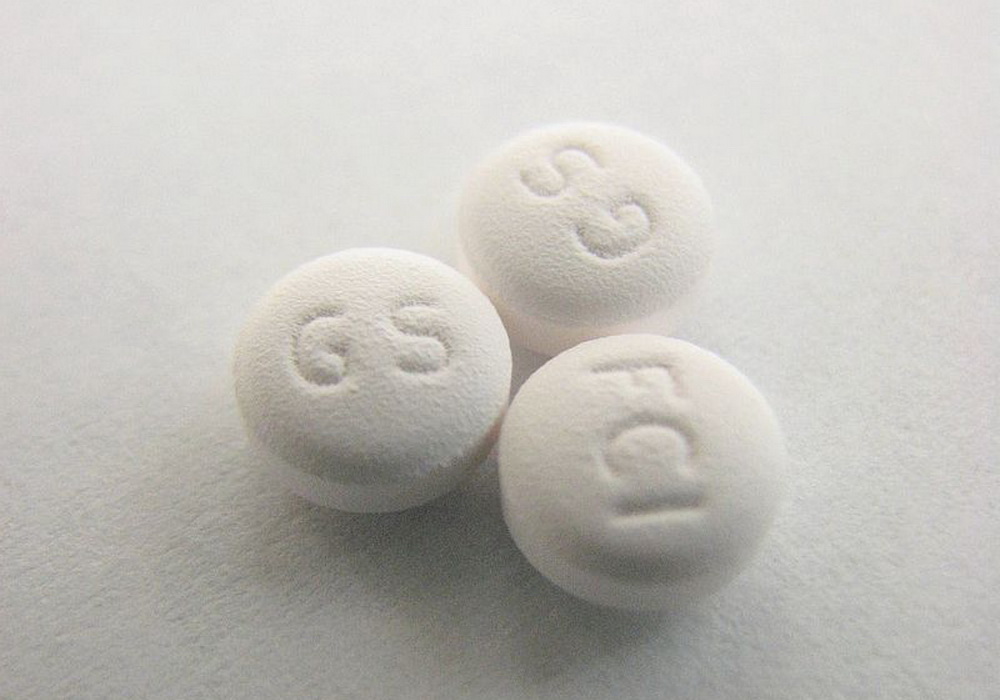
Heart Drugs
Before the 1950's, doctors had very few treatments for heart attacks. They could offer aspirin, which would prevent blood clotting and maybe prevent a second heart attack. They could offer diuretics such as hydrochlorothiazide, but these "water pills" removed not just fluid from the bloodstream but all the potassium the heart needs to continue to make energy. And they could offer digitalis, an herbal medication used to regulate heartbeat, which is can become very toxic when only slightly overdoses. In 2014, doctors can also prescribe selective beta-blockers, which slow down heartbeat without slowing down nerve functions in the rest of the body. They can prescribe ACE-inhibitors, which keep the blood vessels from tensing up and blood pressure from rising, but also prevent aging and death in heart cells by keeping their DNA uncorrupted. And there are a variety of medications for regulating clotting factors and heart rhythms that make life much, much more comfortable for people who have had heart attacks, and extend life as well.
- Important notification about information and brand names used in this slideshow!
- Photo courtesy of Tokino by Wikimedia Commons : en.wikipedia.org/wiki/File:Paroxetine_pill.jpg
- Anon. "Notes on poisoning:Digitalis purpura". Canadian poisonous plants information system. Canadian Biodiversity Information Facility.

Salvarsan
Salvarsan, also known as arsphenamine and Compound 606 (because it was the sixth compound in the sixth group of chemicals tested as a treatment for sleeping sickness) revolutionized the pharmaceutical world in 1910. Not only was this arsenic compound the very first effective treatment for syphilis, once a scourge around the world, it was also the first chemically synthesized medication, opening the the field the literally millions of new treatments that were not limited by herbal medicine. The German co-inventor of Salvarsan, Dr. Paul Ehrlich, was awarded the Nobel Prize in Medicine, but because he was a Jew, the Nazis later condemned the drug as an "agent of moral decay," offering a cure for the sexually transmitted disease. Salvarsan has been replaced by antibiotics.
- Important notification about information and brand names used in this slideshow!
- Photo by shutterstock.com
- Lloyd NC, Morgan HW, Nicholson BK, Ronimus RS (2005). "The composition of Ehrlich's salvarsan: resolution of a century-old debate". Angew. Chem. Int. Ed. Engl. 44 (6): 941–4. doi:10.1002/anie.200461471. PMID 15624113.



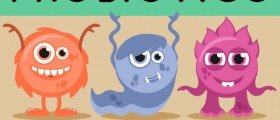









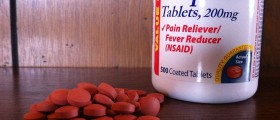
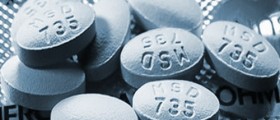


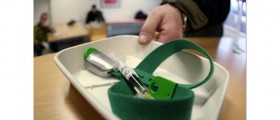

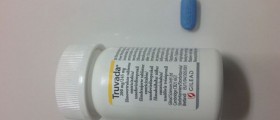




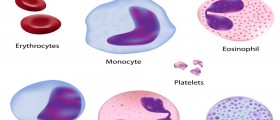
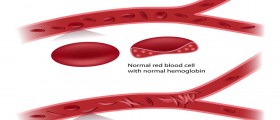

Your thoughts on this
Loading...